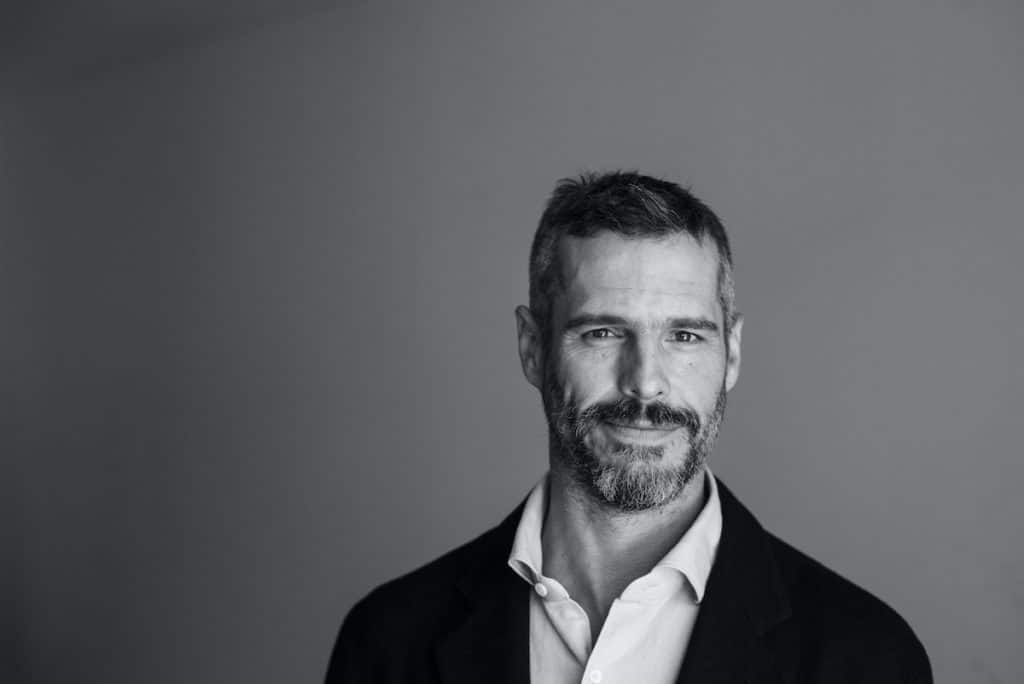A Conversation with Dr Sally Lapin
Dr Sally Lapin is principle of Armadale Family Practice in Melbourne. She has garnered extensive experience overseas, as a researcher and locum medical officer, in countries like Ethiopia, Mongolia, Vietnam and Papua New Guinea. She has also spent many years working in and out of remote Aboriginal communities.
I sat down with Sally in an effort to dig into her experiences overseas and extract some of her greatest lessons. Mostly, I wanted to find out what these communities could teach us about preventative health and how to better connect with people from different cultures.
What made you first work overseas as a doctor?
“Initially I travelled overseas, as a final year medical student, for love. I had a boyfriend who was posted as a medical registrar to Papua New Guinea. I had always been interested in the third world and working overseas but his role pushed me to make it happen. The relationship eventually failed but the kernel of interest for travel abroad flourished.
Lesson 1: Grief shouldn’t be suppressed – Papua New Guinea
“I first headed to Rabaul in Papua New Guinea as a final year med student. Outside one of the wards in our hospital was the ‘keening wall’ where women would take it in turns to wail, sometimes for days on end, after a death. The experience taught me a lot about grief and how ‘civilised cultures’ have a tendency to suppress grief, trying to be stoic and strong. I thought about how real and cathartic it must be just to wail.

“In our culture we are taught to hide our grief so that others around us feel more comfortable. We internalise and contain our pain. Today I often see bereaved people coming into my Australian clinic asking for Valium to ‘get through’ the funeral of a loved one. It seems more like a mask to me.
“I think grief is like a wound that needs to be cleansed before it will heal. Much as we try we can’t outrun grief so maybe we should learn to accept the idea that sometimes grieving people need to scream and wail and maybe we shouldn’t feel so uncomfortable with such public displays of sorrow.”
Lesson 2: Challenge builds strength – Mongolia
“A few years ago I began to feel burnt out and disenchanted with middle-class preventative medicine here in Australia, so I volunteered to do a research project in Mongolia. It was here that I was amazed by the fortitude and stamina of the nomadic people, and came to learn the true resilience of an individual.
“This resilience was most notable when I stayed in a nomadic Mongolian camp. In the cities there is no childcare so once a baby is 4 to 6 months old they are sent to their grandparents to live until they are around 5 years old when they are returned to their parents to attend school at their local town or city.

“These elders would work from dawn to dusk, often carrying the tiny child around as they herded goats and camels. It seemed like a physically tough life for a infant in sub-zero Siberia and yet both the elders and children always had big bright smiles. It made me think how profound of an impact spending the first 4 or 5 years of your life exposed to the elements must have on strengthening an individual. It is no surprise to me that Mongolians are commonly cited as some of the toughest and most communal people on earth.
Lesson 3: Understanding begins with common ground – Ethiopia
“Later I traveled to Ethiopia where I struggled with some of my preconceived ideas, which stemmed from western teachings. I anguished over new born babies taken home to their villages, whole and perfect, only to be treated by the medicine man and have their uvulas (the small dangly bit at the top of the palate) cut off, usually with rusty scissors. They believed it would keep the child healthy. And then there were the babies who were kept hidden away in their house for the first year of life to protect them from the ‘evil eye’. These infants often developed rickets (soft bones) because of the lack of vitamin D.
“These cultural myths and superstitions were particularly difficult to accept at first, but over time I learned that the only way things can change is through first finding common ground.
“A good example of this was at the Children’s Ward at Gondar Hospital. Outside under a big old tree doctors and midwives would sit on the grass with a group of very young new mothers, who were essentially children themselves, and teach them about feeding their babies. Malnutrition is one of the most prevalent conditions in the under 5 age group in Ethiopia so this education was vital, but more to the point was how this education was transferred. The big old tree was a place that the women felt comfortable around. It allowed them to relax and feel safe, which made an enormous difference to the way they listened and learnt to be new mothers.”
Takeaway
Speaking with Sally I learned how important it was to firstly focus on the people themselves, not the health issues they have. Of course, diagnosing a patient’s condition and treating this through a proven process was an integral part of healthcare, but it was also the second piece to the puzzle.
Before that we must take the time to understand the person. This means keeping an open mind and leaving our innate prejudices at home. It means recognising that different cultures have different approaches to life and health and that we must allow people to fully express themselves before we diagnose or label them. And, it means recognising that cultural difference aside, all health care begins with trust and connection.


